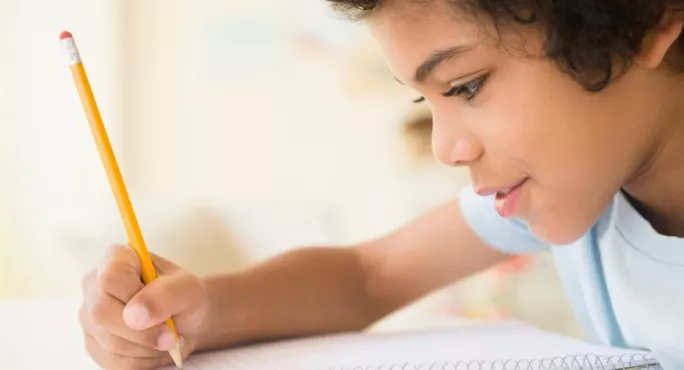- Home
- Four ways to help students write independently at primary
Four ways to help students write independently at primary

There has been a lot of discussion within teaching circles over what constitutes independent writing to fulfil the requirement for end of key stage assessments. I’m not brave enough here to weigh in on that debate when many of the so-called experts can’t agree, so I will leave that to someone else.
Instead, I want to present ideas for engaging children in writing independently so they are able to produce their best pieces.
A few years ago, writing at our school, especially in Year 6, was becoming a chore that induced groans of displeasure from many of the children whenever it was mentioned. We wanted to change that. We wanted children to enjoy the opportunity to write independently. And we wanted them to enjoy it because they were supported to work creatively and have the opportunities to apply all the skills needed to write clearly and for a purpose.
You can distil our approach into four key approaches that helped engage children with the process of writing while also boosting their attainment in this area, too.
1. Make writing special
We introduced a special book for every child (The Writing Journal) in which all independent writing was completed. We created a dedicated time in the curriculum so that every child from year one to year six has time to write independently at least fortnightly. And we changed our introduction to these tasks to ensure the focus was on letting the children see writing independently as something special. We present the sessions to them as their chance to explore ideas and refer to them as ‘writers’ or ‘authors’ able to shape their writing as they wish. We also moved to providing pictorial and video prompts to provide children with a starting point for many of the writing tasks. This has produced a higher standard and - among most children, at least - a greater sense of enjoyment of writing.
2. In-depth marking
While I’m very much in favour of reducing workload, I think marking these special pieces of writing effectively is crucial so that children feel their work is valued and they understand who their reader is. By providing individual feedback, it ensures each child knows their personal strengths and areas to improve. We give the children a prompt and a purpose, but no other criteria other than the ‘every time we write’ rules linked to the year-group-specific high expectations we have for all pieces of writing. Besides this, children are expected to respond to the marking from previous pieces and make improvements in the next one - for some, it might be remembering full stops and capital letters, for others it might be using more ambitious vocabulary or using commas to control meaning. Through individual targets from every piece of writing, work has improved and children are more confident at writing independently and at knowing what to look for when editing their work.
3. Teach transferable skills
Our aim is that the children will know that what they are taught in English units and guided writing sessions can be transferred to all writing and that they have the power to do this. When children are writing, they are authors who should feel confident to make decisions regarding plot, structure and vocabulary. Through teaching the skills that appear on the end-of-year expectations regularly and through different units, children then feel more able to apply these skills to any piece of writing where it is required. By having regular opportunities to write independently, children have learnt which of these are important to include in their writing and what to look for when editing independently.
4. Write for a real purpose
We do this as regularly as possible and the children love to know that what they are writing will be read and that the readers will respond to what has been written. We have, for example, asked the children to write stories for children in another class in school, write a persuasive letter to the local councillors, or write an article that could appear in the school newsletter or local newspaper. It’s wonderful to see the sense of pride and excitement among the children when they are reading their work aloud to younger children or receive a reply in the post to a letter they have sent. Overall, writing is more than the curriculum and more than evidence for moderation - it is a life skill needed for applying for jobs and communicating with others. Children need the chance to be creative and imaginative and to know the importance of communicating clearly with others and they need to find the confidence to do this and do it well.
This list is far from exhaustive but presents some ideas to develop such skills in children and aims to prevent them from finding writing a chore simply to produce pieces for moderation in what could be presented to them as little more than a formulaic tick-box task.
Rachel Lopiccolo is Year 5 teacher and English and history subject leader at Waddington and West Bradford CE Primary School, Lancashire
Keep reading for just £1 per month
You've reached your limit of free articles this month. Subscribe for £1 per month for three months and get:
- Unlimited access to all Tes magazine content
- Exclusive subscriber-only stories
- Award-winning email newsletters



